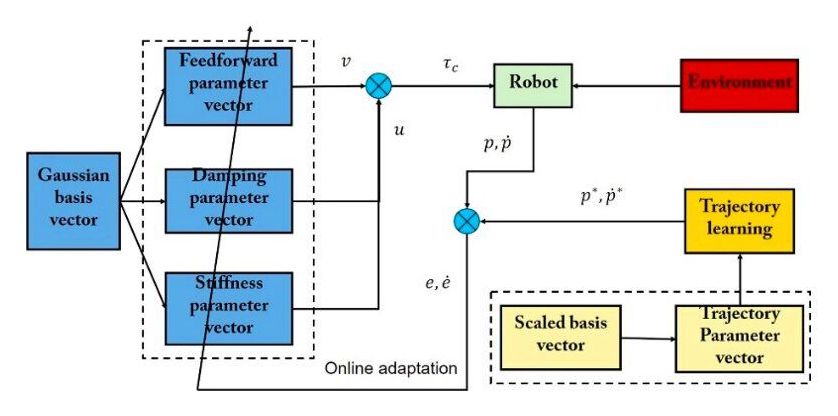Over the past few decades, roboticists have created increasingly advanced and sophisticated robotics systems. While some of these systems are highly efficient and achieved remarkable results, they still perform far poorly than humans on several tasks, including those that involve grasping and manipulating objects.
Researchers from Guangdong University of Technology, Politecnico di Milano, University of Sussex and Bristol Robotics Laboratory (BRL) at University of the West of England have recently developed a model that could help to improve robot manipulation. This model, presented in a paper published in IEEE Transactions on Industrial Informatics, draws inspiration from how humans adapt their manipulation strategies based on the task they are trying to complete.
“Humans have the remarkable ability to deal with physical contact and complete dynamic tasks, such as curving, cutting and assembly, optimally and compliantly,” Professor Chenguang Yang, the corresponding author for the paper working at BRL, told TechXplore. “Although these tasks are easy for humans, they are quite challenging for robots to perform, even advanced ones.”
